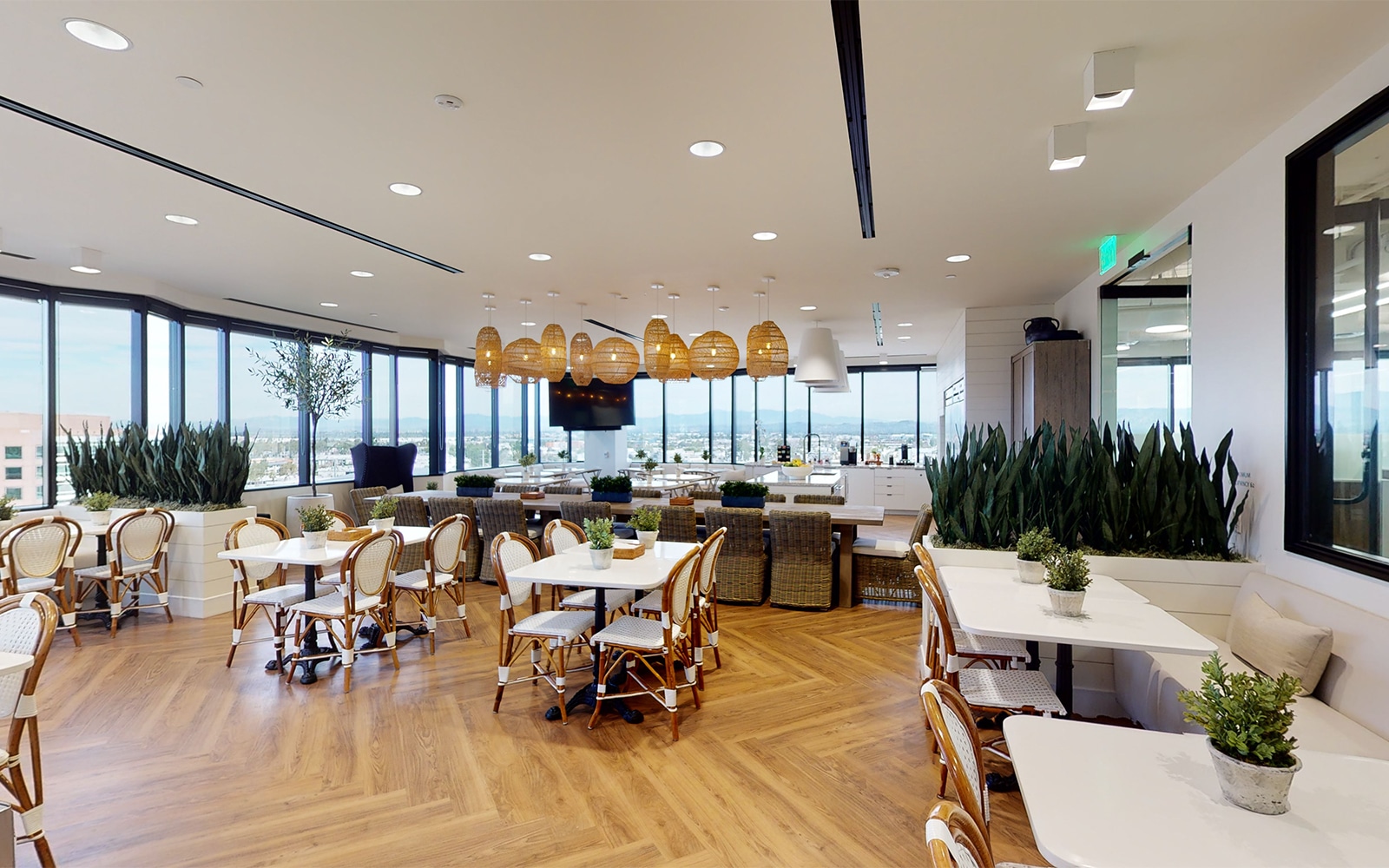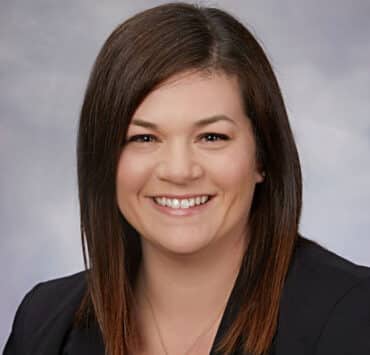|
Getting your Trinity Audio player ready...
|
When it comes to the shifting landscape of in-person work, the future isn’t yet all that clear. COMPUTERWORLD and Work In Mind both forecast what seems like the dawn of a new era, with smaller office spaces to accommodate more remote staff and less permanent seating. If a considerable portion of your workforce is remote, what’s the point of endless office space?
Meanwhile, a survey from the Harvard Business Review reported office space footage might remain permanent with the usage of that space evolving to include activities like “reflection zones” or expanded dining areas. The thinking tends to go along the lines of “people still want space, just different space.”
Both approaches seem realistic. What is abundantly clear is that downsizing office space is no longer the sign of a business in trouble, just one looking ahead. Whether it’s moving more employees home or simply rethinking how to employ their space, huge corporate footprints are no longer the sole signifier of a well-run company.
That’s where CorVel’s director of corporate real estate comes in. “The pandemic helped me to prioritize requirements for office spaces, and top of mind was making the space one that employees wanted to return to, instead of stay away from,” says Allison Olsen, whose expertise has been built out over nearly 10 years with the third party administrator.

“I’m a very visual person,” Olsen adds. “Even if you don’t identify yourself as such, I think everyone gets a feeling when they walk into a space. Even if you can’t identify it, there’s a feeling there, and we don’t want our spaces to feel clinical.”
With that explanation in mind, it’s clear why the word “homey” comes up so much with the director. Olsen says that rethinking CorVel’s office spaces to feel more welcoming serves a multitude of purposes.
From a retention perspective, it just makes sense to create spaces that employees look forward to encountering. “I have sat in a cube farm with no natural light,” Olsen explains. “I’m sure everyone has been in that environment before. Who could possibly look forward to coming into that environment? That’s why it’s important to make sure employees here don’t have that experience.”
“I’m a very visual person. Even if you don’t identify yourself as such, I think everyone gets a feeling when they walk into a space.”
Allison Olsen
Since taking on her role, Olsen has tackled office space plans that hadn’t been overhauled in a decade and whose space planning hadn’t been rethought since a decade before that. For each space, she says it’s important for her to learn how the teams and individuals in those spaces prefer to work. Do they like to eat lunch together? Where do they spend the most time at the office? Olsen is on it.
Case in point: CorVel’s Portland headquarters’ 58,000 square feet of space will be reduced to under 20,000, and Olsen says the benefits are plentiful. With more open conferencing space, there is more room for collaboration and interaction. Those coming into the office are doing so because they enjoy working around others, so why not encourage it?
“There are little things that are a big deal,” Olsen explains. “We want to make sure that you’re comfortable when you’re sitting down and that when you look around, you’re in a space that makes you happy. I know that sounds touchy-feely, but if you’re coming to work, we want you to enjoy your time here. I don’t think that’s too hard to explain.”
Part of Olsen’s focus on the communization at CorVel can be traced back to her early career. She served as catering and events manager for Saddleback Church as both an employee and a congregant. That community, faith, and fellowship has always been a part of her life, and it’s clearly impacted her intention to create welcoming spaces for her people.
“If you’re coming to work, we want you to enjoy your time here.”
Allison Olsen
“Coming from a church may not seem to apply to the corporate world very well,” Olsen says, “but I think my faith life has influenced how I choose to lead and work on the behalf of others. Whether it’s a victory or a challenge, my faith has always helped navigate me through life.”
The pandemic was certainly one of those challenging periods. Olsen prides her team on its ability to pivot during a crisis. She notes that her field operations team quickly learned to operate effectively as remote workers, a previously unthinkable concept.
“We are a very tech-heavy third-party administrator company,” Olsen explains. “We have a huge IT team and we build a lot of our own products, so I think we were able to pivot much easier than some of our competitors when the time came. I think it’s safe to say we’ll never go back to a full-time in-office structure.” So, whether the rest of the business world is downsizing, resizing, or staying put, Olsen just wants to make sure that whatever the space, it feels good. She’s right, it may not be that complicated, but why aren’t more companies doing it right?


